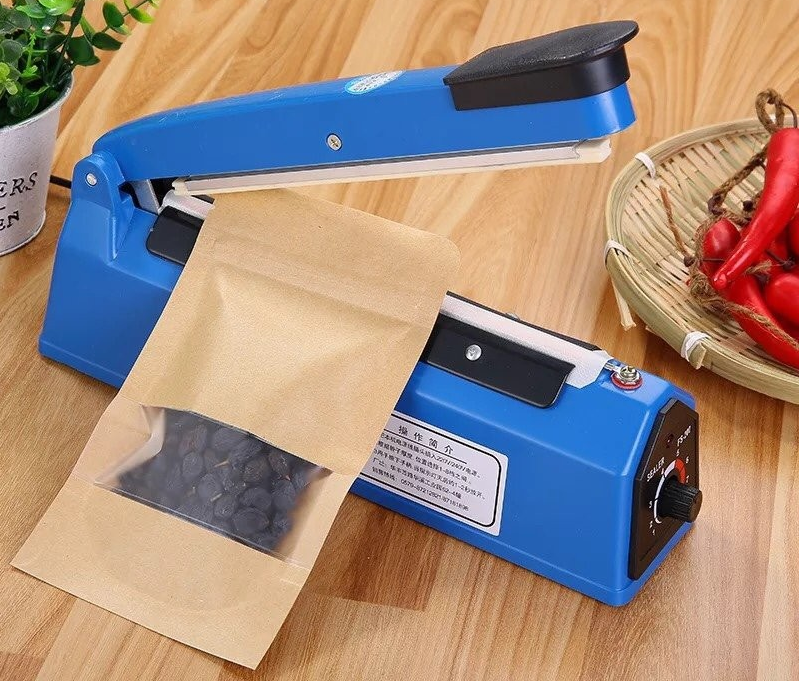Vacuum sealing is an easy and effective way of packaging a whole variety of products. Vacuum packaging devices are used in both commercial and residential settings, mostly for the purpose of preserving food. These devices are also called heat sealers and as their name suggests, use heat in order to seal both edible and non-edible products in thermoplastic materials. While there are many different models and differences between most of these devices, there are only really two different kinds of heat sealers – impulse sealers and constant heat sealers.

An impulse sealer is a type of heat sealing machine that uses the impulse sealing method. What this means is that they work by delivering an instantaneous high current impulse to quickly heat up the jaws and seal a bag shut. The speed at which they are able to accomplish this task means that they don’t need to warm up and they cool down in practically no time at all. They can be hand-operated or semi-automatic and can come in a variety of sizes and prices, making them perfect for a large number of different industries depending on the scale of the manufacturing requirements. The variation in their sizes also means that they can be used in combination with different kinds and sizes of bags. Of course, the scale and production capabilities also determine the price as well.
Direct heat sealers, or otherwise known as constant heat sealers are the other most common method of vacuum packaging. Unlike the impulse sealers, the sealing jaws of these machines maintain a consistent heat, which makes them more dangerous to use because of the bigger risk of burns, but gives them advantages in other areas. The constant high heat they maintain means that they can seal products with much thicker and more durable materials easily, which means that the products get a little extra bit of protection, which is always a good thing when trying to properly preserve edible materials. Additionally, the tougher plastic wrapping also makes them capable of reliably packaging other non-food related items as well.
The thing that both of these heat sealing machines have in common is that they can come in a few different designs depending on their exact use and the volume they are expected to get through in a certain period of time. There are hand sealers which are generally more portable and easy to move around, foot sealers which are perfect if you need your hands to position the bags, automatic sealers with cutters which remove the excess plastic after sealing and others perfect for whatever tasks you might need them for. Depending on the industry, the impulse sealers’ speed or the constant heat sealers’ more durable packaging can undoubtedly prove to be useful.



